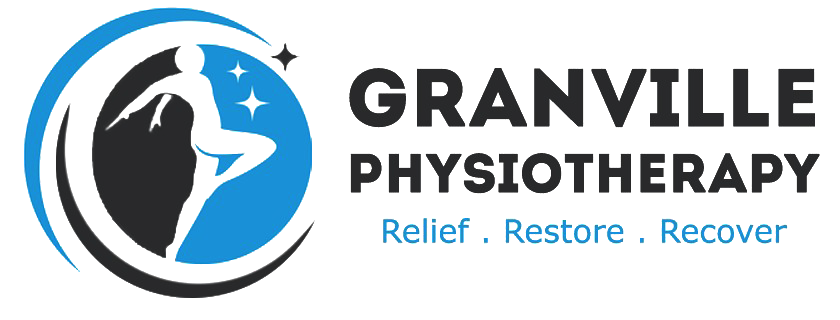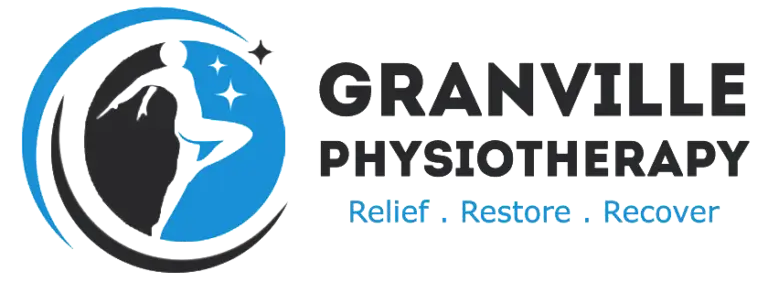Training and planning for races
Starting the Journey: What to Expect from Physiotherapy After a Stroke

Stroke physiotherapy, alternatively referred to as stroke rehabilitation or stroke physical therapy, focuses on aiding individuals who have suffered from a stroke in recovering their strength, mobility, coordination, and overall functionality. Stroke physiotherapy in Edmonton focuses on addressing the physical impairments and disabilities that can result from a stroke, such as muscle weakness, loss of balance, spasticity (muscle stiffness), and difficulties with walking or using the arms and hands.
You can book your online appointments even now!
What to Expect from Physiotherapy After a Stroke?
Physical therapy after a stroke is a critical component of the rehabilitation process. Here’s what stroke survivors and their caregivers can typically expect from physiotherapy sessions:
Assessment:
The physiotherapy process often begins with a comprehensive assessment of the individual’s physical abilities, functional limitations, and goals for recovery. This assessment helps our physiotherapist develop a personalized stroke treatment plan tailored to the individual’s needs.
Goal Setting:
Based on the assessment, our physiotherapist and the stroke survivor will work together to set specific, achievable goals for rehabilitation. These goals may include improving mobility, regaining strength and balance, enhancing coordination, and increasing independence in activities of daily living.
Individualized Treatment Plan:
Physiotherapy in Edmonton designs a customized treatment plan that may include a combination of exercises, therapeutic activities, and interventions aimed at addressing the individual’s impairments and maximizing recovery. The treatment plan may evolve over time as the individual progresses in their rehabilitation journey.
Exercises and Activities:
Physiotherapy sessions typically involve a variety of exercises and activities aimed at improving strength, flexibility, balance, coordination, and motor skills. These may include mobility exercises, strengthening exercises, stretching exercises, balance training, gait training, and functional activities tailored to the individual’s needs and abilities. Here are some common exercises and activities used in stroke physiotherapy:
- Range of Motion (ROM) Exercises: These exercises help improve flexibility and prevent contractures by moving joints through their full range of motion. Passive, active-assisted, and active ROM exercises may be utilized depending on the patient’s level of ability.
- Strength Training: Strengthening exercises target weakened muscles to improve overall strength and functional abilities. Resistance bands, weights, and bodyweight exercises may be incorporated to challenge muscles safely.
- Balance and Coordination Exercises: Balance exercises are designed to enhance stability and minimize the likelihood of falls. These activities include standing on one leg, navigating uneven surfaces while walking, and practicing weight shifting to enhance coordination and balance.
- Gait Training: Gait training focuses on improving walking ability and restoring a normal walking pattern. This may include practicing step-by-step movements, using assistive devices like canes or walkers, and working on proper foot placement and weight transfer.
- Functional Mobility Activities: These activities simulate real-life tasks to assist stroke survivors in restoring autonomy in their daily tasks. Examples include practicing dressing, grooming, bathing, cooking, and transferring from one surface to another.
- Proprioceptive and Sensory Integration Exercises: These exercises aim to improve proprioception (awareness of body position) and sensory integration, which may be impaired following a stroke. Activities such as balancing on unstable surfaces, tactile stimulation, and visual tracking exercises help enhance sensory perception and motor control.
- Cognitive Rehabilitation: Stroke survivors may experience cognitive impairments such as attention deficits, memory problems, and executive dysfunction. Cognitive rehabilitation exercises focus on improving cognitive skills through tasks such as memory games, problem-solving activities, and attention exercises.
- Cardiovascular Conditioning: Cardiovascular exercises such as walking, cycling, and swimming may be incorporated to improve cardiovascular fitness, endurance, and overall health.
- Mirror Therapy: Mirror therapy is a technique often used in stroke rehabilitation to help improve motor function and reduce pain in affected limbs. The patient performs movements with the unaffected limb while observing the reflection of the movement in a mirror, creating the illusion of movement in the affected limb.
- Constraint-Induced Movement Therapy (CIMT): CIMT involves restraining the unaffected limb to encourage intensive use of the affected limb during functional tasks and activities. This technique helps promote motor recovery and relearning of movement patterns in the affected limb.
Progress Monitoring and Adjustment:
Throughout the rehabilitation process, our physiotherapist will monitor the individual’s progress closely and make adjustments to the treatment plan as needed. They may also provide feedback and encouragement to help motivate the individual to continue working towards their goals.
Multidisciplinary Collaboration:
Physiotherapy is typically part of a multidisciplinary approach to stroke rehabilitation. Our physiotherapists specializing in stroke physiotherapy in Edmonton collaborate with other healthcare professionals like occupational therapists, speech therapists, and doctors to ensure comprehensive care and support for the stroke survivor.
The Path of Physiotherapy After Stroke:
Embarking on the journey of physiotherapy after a stroke marks a significant step towards recovery and reclaiming independence. Granville Physiotherapy in Edmonton, renowned for its expertise and compassionate care, plays a pivotal role in guiding individuals through this transformative process. Through comprehensive assessment, goal-setting, and personalized treatment plans, stroke survivors receive tailored support to address physical impairments and regain functional abilities. Stroke physiotherapy in Edmonton sessions involves a combination of exercises, activities, and education aimed at maximizing mobility, balance, and overall well-being.
Reach out to us today with our registered physiotherapist professionals and caregivers as we embark on the journey of physiotherapy, offering hope, progress, and the opportunity to rebuild a fulfilling life after a stroke.
You can book your online appointments even now!
Search
Recent Category
Categories
- Injury Tips (1)
- Pelvic Floor (1)
- physical therapy (2)
- Physiotherapy (9)
- sports (1)
- Stretching Guide (2)
- Tips for Pain (2)
Recent Blog Posts
Important Blogs
-
How Physiotherapy Helps Manage Osteoarthritis KneeApril 23, 2024/0 Comments
-
Looking for Reasons to Start StretchingAugust 23, 2022/
-
Blood Flow RestrictionAugust 23, 2022/




